
With Ubuntu 22.04 LTS just around the corner, we are all waiting eagerly to experience the list of features in Ubuntu 22.04 being introduced.
Without a full-fledged hands-on with Ubuntu 22.04, I can’t say for certain if it is impressive. But, I do have some thoughts on the things I want to see in Ubuntu 22.04.
It’s probably a bit too late to make some requests for changes, but I’d like to hope for the best!
Some highlights include:
1. Consistent Theming Across All Apps
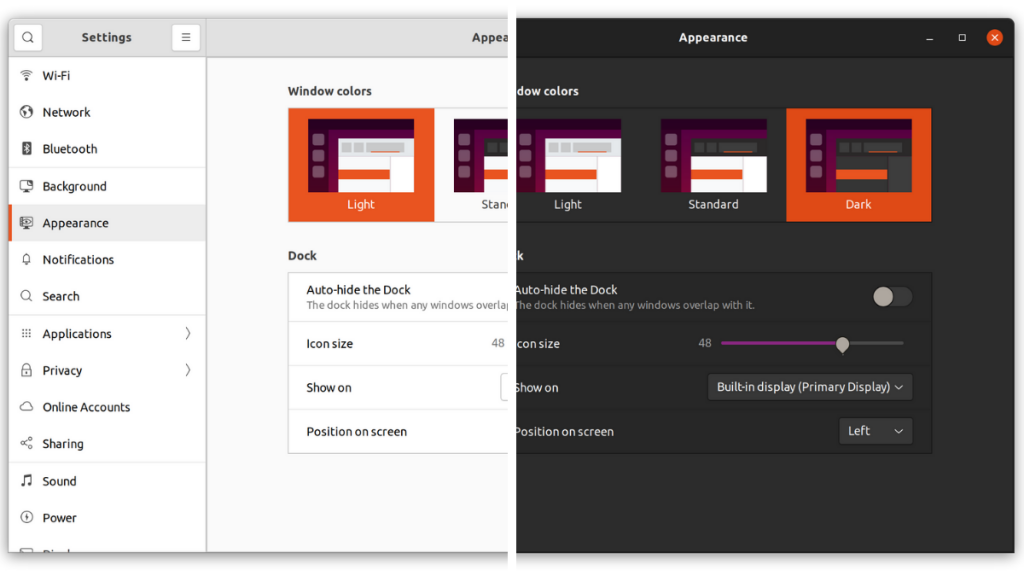
As anyone who has tried to install a KDE app on Ubuntu will know, theming inconsistencies are rife. To make matters worse, the addition of Libadwaita into the mix is only going to make more apps look out-of-place.
To fix this, I think a combination of alternative solutions are required.
Firstly, a custom version of Libadwaita with Ubuntu’s Yaru theme as default would make almost all apps built for Gnome and GTK consistent again. However, this still doesn’t solve the problems with Qt/KDE apps.
For these, a solution similar to Kvantum is required. Even though Kvantum is a bit “hacky”, I genuinely believe that a solution with the full backing of Canonical (Ubuntu’s parent company) would be able to overcome all the challenges Kvantum faces.
Ubuntu’s look and feel is one of its defining features, and it is key to maintain this look across every app to ensure its visual appeal remains.
2. Using the Horizontal Dock Introduced in GNOME 40
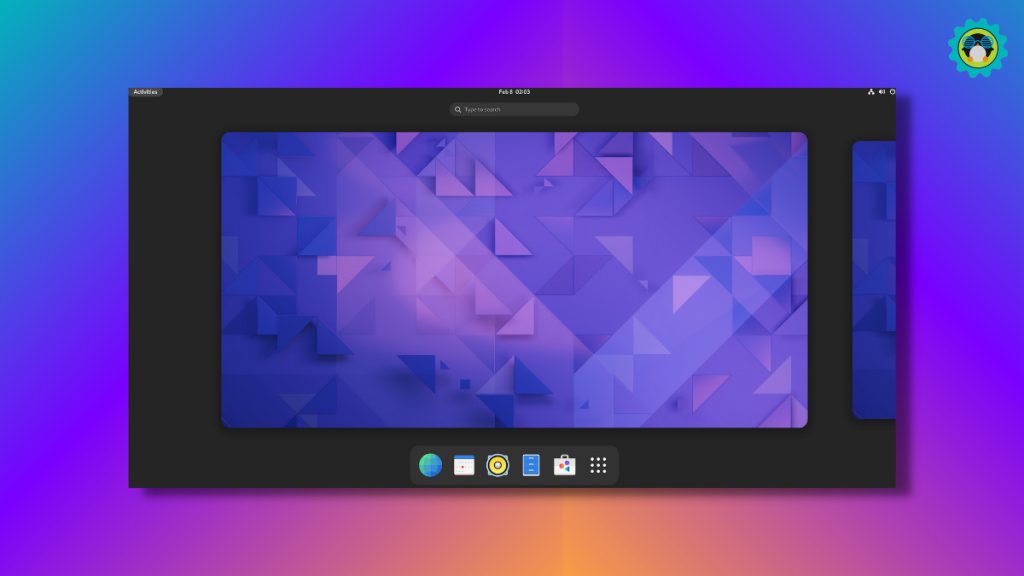
Despite being somewhat radical, Gnome 40 was a leap into the future for Gnome with several exciting features. However, many of these innovative features didn’t make it into Ubuntu 22.10.
The most notable of these is the horizontal dock. For me, I found that it significantly improved my productivity, as I didn’t have to move my mouse as far to reach the left of the screen. I’m sure many Ubuntu users agree with me, but Canonical insists that the left placement is best.
I’m not saying that they should move the dock to the bottom—it is after all a defining feature of Ubuntu—merely give users an option to do so. Ubuntu already has a custom “Appearance” section in the settings app, so I don’t think a simple addition of a toggle switch there would be too hard.
3. Bringing Back The Mixed Theme
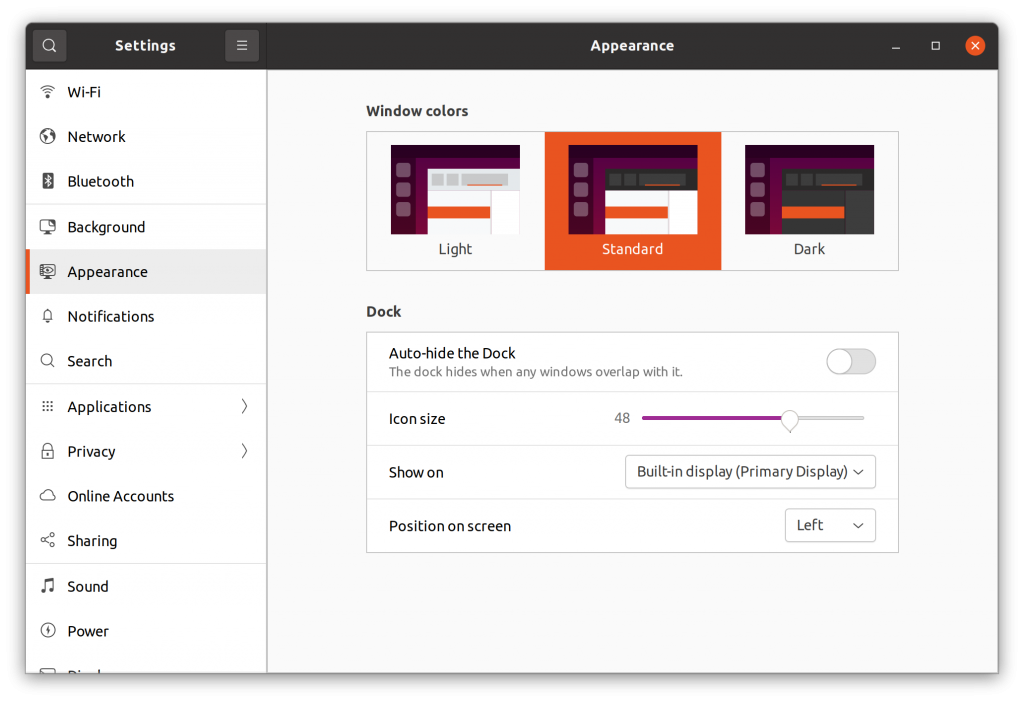
After upgrading to Ubuntu 21.10, I was quite disappointed to find that the mixed theme option disappear. While it is minor, I do find myself missing this option and constantly trying to find ways to bring it back.
I think it is important that users are given the ability to customize their desktops easily, and bringing this option back would go a long way to improving this.
I understand that they wanted to get rid of it because of conflicts in Ubuntu and GNOME default theme colors. But, I liked it the way it was!
4. Revamped Software Centre
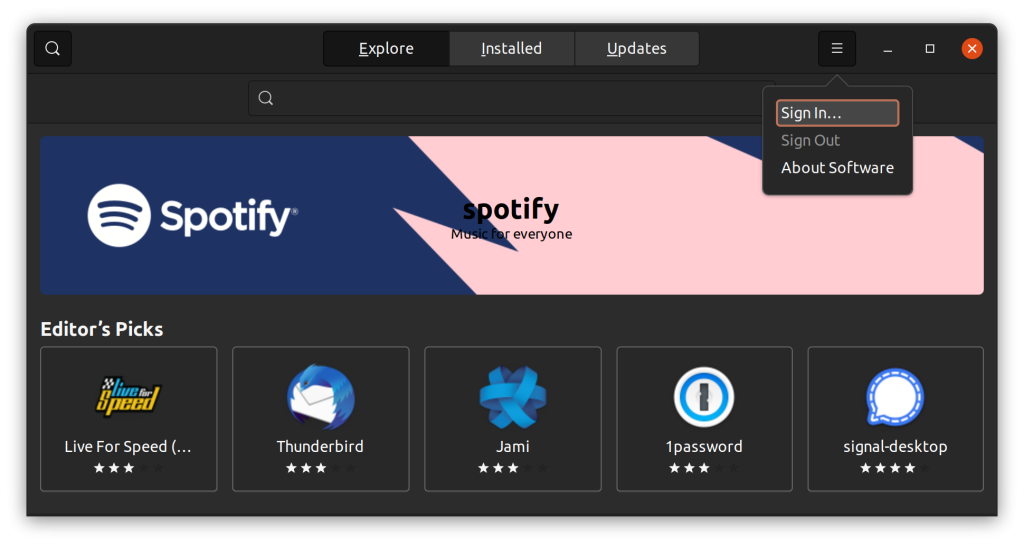
With Canonical’s constant push for people to use snap apps (a universal packaging format compatible with all distros), it would make sense for a new software center to be created.
While the Snap Store already exists, it is simply a fork of Gnome Software and is quite well-known for being slow and bug-ridden.
With the release of Gnome 41, this was mitigated to some extent, although these improvements are unlikely to be included in Ubuntu 22.04.
If a new software center were to be created or the existing one gets a major revamp, I’d love that.
If Ubuntu were to come out with a new app store, it would probably be built using Flutter, just like their new installer. While I, personally, don’t like Ubuntu’s decision to start switching to Flutter, it would help ensure consistency across all its variants.
5. Improved Customization Options
Some prefer to keep things simple, while others appreciate customization options to change the look/feel.
Ubuntu 22.04 LTS does not have to introduce anything crazy, but simply adding some extra controls by default that you find with GNOME Tweaks should do the trick.
Currently, the appearance tweaks are quite limited, and we could use a few more options.
6. Less Snap Apps

I know, I know. Snap apps are everywhere, and they are compatible with multiple distros. However, they are also much slower and can only be installed from the proprietary Snap Store.
Of course, you can opt for Flatpaks and pre-built binaries. But, Snap’s proprietary approach is still something many users don’t like.
On the other hand, Ubuntu’s native Apt package manager is faster and has more apps available. This results in a significantly improved user experience, albeit one that is not continuous across distros.
Unfortunately, Snap is actually developed by the same team as the one behind Ubuntu, so its removal is quite unlikely.
7. A Unified Way of Uninstalling Applications
Ubuntu has a pretty good reputation for making things easier for the end-user.
To combat Linux package fragmentation, could Ubuntu introduce a way to easily uninstall applications, whether it’s Flatpak/Deb/Snap?
Considering the variety of packages available out there, it is time that we have a one-solution to handle all the packages.
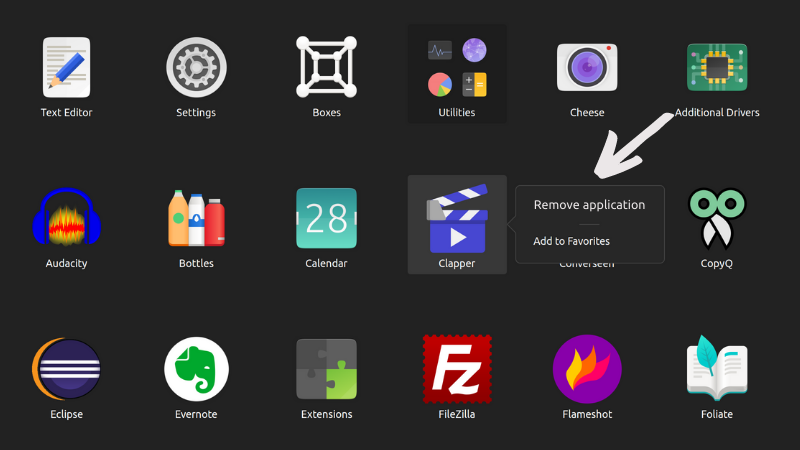
It’s unlikely to see a solution for it with Ubuntu 22.04 LTS, but I’d like to do the wishful thinking for the next release!
Wrapping Up
Obviously, you may not see expect all of these things to happen with the next release. However, even if Ubuntu 22.04 LTS makes some effort in this direction, we will hopefully see them in a future release.
What new features would you like to see in Ubuntu 22.04? Let us know in the comments below!
- Even the biggest players in the Linux world don't care about desktop Linux users. We do.
- We don't put informational content behind paywall. Your support keeps it open for everyone. Think of it like 'pay it forward'.
- Don't like ads? With the Plus membership, you get an ad-free reading experience.
- When millions of AI-generated content is being published daily, you read and learn from real human Linux users.
- It costs just $2 a month, less than the cost of your favorite burger.
Become a Plus Member today and join over 300 people in supporting our work.

![7 Things I Want to See in Ubuntu 22.04 LTS [I Know I Won't Get it]](/content/images/size/w30/wordpress/2022/02/ubuntu-22-04-things-i-want.jpg)







